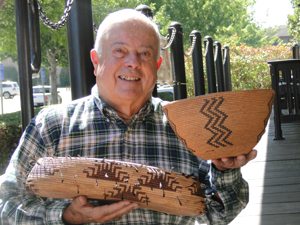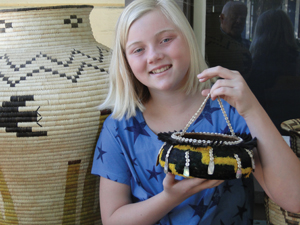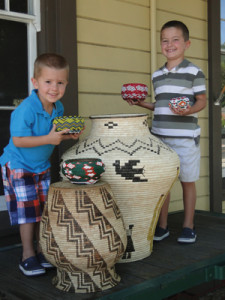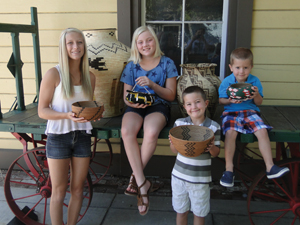The year was 1951. I was at dinner with my aunt, uncle and cousins at their home in Tahoe City. My uncle would always ask questions at dinner and each person around the table got to answer. That night he asked, “When you grow up what would you really want to be?” As a shy eight year old, I waited my turn and then said, “I want to be a leader in our tribe.” There was a silence for what seemed a long period of time. Then my aunt asked, “What tribe?” “The Paiute peoples,” I responded. There was another long period of silence, then she said, “Donnie, you are not an Indian.”
I played with local Indians. My aunt was an historian for the local Native Daughters of the Golden West. I had visited the settlements of the tribe and interviewed them with my aunt for the California local history record—I even learned some of the language. Could this be true? I was hurt, confused and upset. My uncle then gently said, “Your aunt is correct; you are Welch and Italian, not a Paiute.
Two weeks before that fateful dinner I had sold my baseball card collection to my cousin, w ho would grow up to be in the minor leagues. With the purchase of a Kachina doll (Hopi) at a local trading post, my collection began.
ho would grow up to be in the minor leagues. With the purchase of a Kachina doll (Hopi) at a local trading post, my collection began.
As the years moved on and I accepted my fate as a white man, I became an avid collector of native art. I became a 5th grade teacher and used my collection for class demonstrations. I won an award for teaching Native American history from The Daughters of the American Revolution and another from my school district. Each month my collection grew and my knowledge of the true struggles of the native people grew.
When I retired from teaching I decided to take part in a local Native American Show and Sale at the Pleasanton fair grounds; this was in 1993. I became hooked on doing native art shows and Pow Wows. Here I could meet the artists, learn about art forms from pottery making to basket weaving, and sell some of my collection for a little extra cash.
In 2006, the Danville museum asked if they could visit my collection to discern the quality and authenticity of my pieces. They ended up asking me to loan them items for their Native American History display. To this day, I still help and provide artifacts for that great yearly exhibit.
In 2007 I came up with the idea of holding a local Art and Artifact show to help Native Americans have a venue for selling and demonstrating their wears. The event was held each May at the Alamo Women’s Club and became a great success. Then problems arose when the show outgrew the facility; I had to turn artists away. This defeated the purpose of helping to get their art shown and sold.
In 2012 I took a big step and moved the date of the Great Native American Art and Artifact Show to September and rented a building at the Alameda County Fair Grounds in Pleasanton. It was an immediate success and allowed many more dealers and traders to participate.
My dream of being part of the native art world, if not an actual Native American, motivates me to help Native artists and continue to learn more about their culture.
This years’ Native American art and artifact show will be held September 28-29 at the Alameda County Fair Grounds. The show will feature some famous native artists and traders: Bud and Paula Gonzales, selling Zuni fetishes; Barbara Murphy, representing Northern California Tribes with baskets, and Debbie Martinez-Rambeau, making and selling gourds and quilts. Debbie’s work is also featured at the Gene Autry museum in Los Angeles.
This show is a great opportunity for anyone who enjoys the native culture and art. 
Leave a Reply